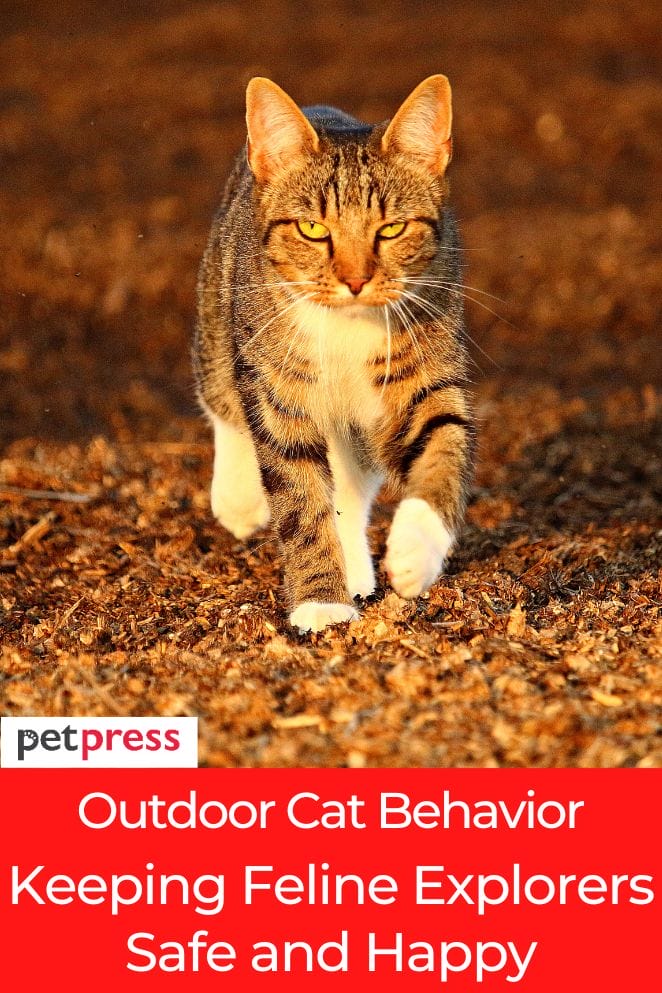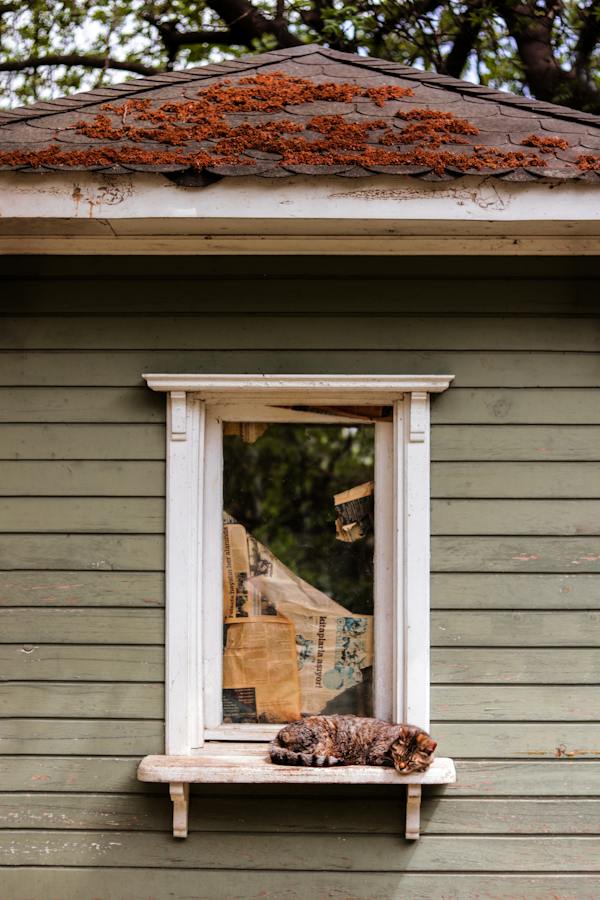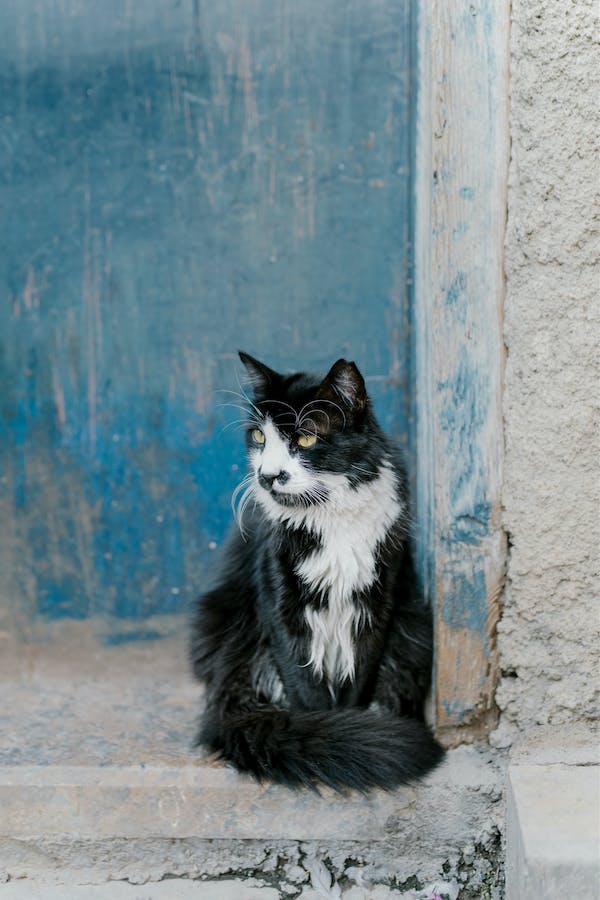
Hey there, feline enthusiasts! Outdoor cat behavior is a captivating world to explore.
Understanding how our outdoor-loving companions behave is not just about satisfying our curiosity; it’s about ensuring their well-being.
In this comprehensive blog post, we’re going to uncover the significance of comprehending outdoor cat behavior.
We’ll also dive into the common behaviors you might witness, the challenges and dangers they may encounter, and most importantly, how to create a safe and enriching outdoor environment for your furry friends.
Let’s embark on this enlightening journey together!
The Importance of Understanding Outdoor Cat Behavior
Why is it essential to get inside the mind of your outdoor cat?
Well, it’s like deciphering a secret code that can unlock a world of benefits for both you and your pet.
When you understand your cat’s behavior, you can:
- Enhance safety: Recognizing the risks your cat faces outdoors allows you to take precautions and keep them safe.
- Strengthen your bond: Knowing how your cat communicates and what they enjoy can help you build a stronger connection.
- Boost enrichment: Tailoring their outdoor experience to their behavior can make their time outside more engaging and fulfilling.

Common Outdoor Cat Behavior
Outdoor cats exhibit a wide range of behaviors that may vary from one feline to another. Here are some of the most common outdoor cat behaviors:
Exploration
Cats are, by nature, curious and adventurous. Outdoor settings provide them with a vast playground to explore.
They love to roam, investigate new scents, and mark their territory, which is a vital part of their feline behavior.
It’s akin to their version of embarking on a thrilling adventure, with each corner of the neighborhood offering the promise of new discoveries.
Hunting
The hunting instinct runs deep in the veins of cats.
Outdoor cats often exhibit this behavior by stalking and pouncing on prey, whether it’s insects, birds, or small rodents.
This is an ingrained trait that harks back to their wild ancestors who had to hunt for their survival.
When your outdoor cat engages in hunting activities, it’s like a reflection of their natural instincts at play.
Sunbathing
Cats are renowned for their love of sunbathing.
Many outdoor cats relish the simple pleasure of stretching out in a sunbeam and soaking up the warmth.
It’s as if they are recharging their solar-powered batteries, enjoying the relaxation and comfort that the sun provides.
Sunbathing is not only enjoyable for them but also essential for their physical and mental well-being.
Socializing
While cats are often considered independent animals, some outdoor cats are social butterflies.
They may interact with other outdoor cats in the vicinity, forming feline friendships and engaging in neighborly chats.
This behavior is a testament to their diverse personalities, showcasing that, like humans, cats can have varying degrees of sociability.
For these outdoor cats, socializing is their way of building connections and sharing companionship.
Sleeping outdoors
Outdoor cats frequently choose to sleep outdoors, particularly in warm weather.
They may find comfortable spots on the ground, climb into trees, or seek shelter under porches or decks.
Sleeping outdoors serves multiple purposes for cats.
It helps them stay cool and comfortable, especially during hot days.
It also allows them to maintain a connection with their outdoor territory, reinforcing their sense of place and security.
Marking territory
One of the most prevalent behaviors of outdoor cats is marking territory.
Cats employ various methods for this, including spraying urine on vertical surfaces or rubbing their scent glands against objects.
This territorial marking is a way for cats to communicate with other felines, both residents and intruders.
By leaving their scent, they signal their presence and establish dominance in the area.
It’s like their way of saying, “I’m the boss here.”
Hunting
Hunting is a fundamental instinct for cats, and outdoor environments offer them ample opportunities to express this behavior.
Outdoor cats spend a significant amount of time engaged in hunting activities, which can involve chasing and capturing prey like mice, birds, and squirrels.
In the realm of feline nature, this innate conduct not only mirrors their ancestral hunting instincts but also serves as a conduit for perpetuating physical vitality and honing their predatory acumen.
It profoundly contributes to their comprehensive well-being, functioning as a wellspring of both physical exertion and sustenance.

Challenges and Dangers for Outdoor Cats
As much as outdoor life can be thrilling for cats, it comes with its fair share of challenges and dangers:
- Traffic hazards: The bustling streets can pose a significant risk to outdoor cats. It’s like navigating a busy highway.
- Predators: Outdoor cats may encounter other animals, like dogs or larger wildlife, which can be intimidating or dangerous. It’s like coming face to face with the giants of the jungle.
- Diseases: Outdoor cats are at a higher risk of contracting diseases, so it’s crucial to keep them vaccinated. It’s like guarding them against invisible foes.
- Getting lost: Cats can sometimes wander far from home and get lost. It’s like embarking on an unintentional solo expedition.
Tips for a Safe and Enriching Outdoor Environment
Now, let’s dive into the heart of the matter: how to create a safe and enriching outdoor environment for your cat. Here are some tips:
Supervision
Whenever feasible, overseeing your feline companion while they indulge in the outdoor realm stands as a commendable approach to assure their well-being.
This proactive involvement allows you to diligently observe their activities, remain vigilant to potential hazards, and intercede if the situation demands.
It’s akin to assuming the role of their outdoor guardian, providing both mentorship and sheltering vigilance.
Cat-proof fencing
Installing cat-proof fencing is a valuable investment to create a secure outdoor space for your cat.
These specially designed fences prevent cats from escaping while allowing them to enjoy the outdoor environment.
Cat-proof fencing is like a safety barrier that offers your cat the freedom to explore without the associated risks of roaming freely.
Escape routes
Cats are natural escape artists, and it’s essential to provide them with escape routes or hiding spots in case they encounter a threat.
These spots act as safe havens where your cat can retreat if they feel vulnerable or anxious.
It’s like offering them a secure backup plan when faced with unfamiliar or potentially dangerous situations.

Interactive toys
To keep your outdoor cat mentally and physically engaged, place interactive toys in the outdoor space.
These toys offer entertainment and stimulation, satisfying their natural instincts to hunt, pounce, and play.
Interactive toys are like companions that keep your cat entertained and content during their outdoor adventures.
Shaded areas
Ensuring there are shaded areas in your outdoor environment is crucial, especially on sunny days.
Cats can easily overheat in direct sunlight, so providing shaded spots allows them to rest, cool off, and seek refuge from the sun’s rays.
These shaded areas are akin to cozy retreats where your cat can relax and recharge before their next adventure.
Conclusion
When it comes to your outdoor cat’s world, understanding is the name of the game.
By tuning into their instincts, behaviors, and the potential challenges they might encounter, you’re setting the stage for an outdoor experience that’s not only enjoyable but also secure for your cherished feline companion.
So, go ahead, step into the great outdoors with your cat, and watch their adventures come to life!
FAQs
Transitioning an indoor cat to the outdoors should be done gradually and with proper precautions to ensure their safety.
Regular veterinary check-ups and vaccinations are crucial for protecting your outdoor cat from diseases.
While some cat breeds are more adventurous, individual temperament plays a significant role. Always consider your cat’s unique personality and take precautions accordingly.


GIPHY App Key not set. Please check settings